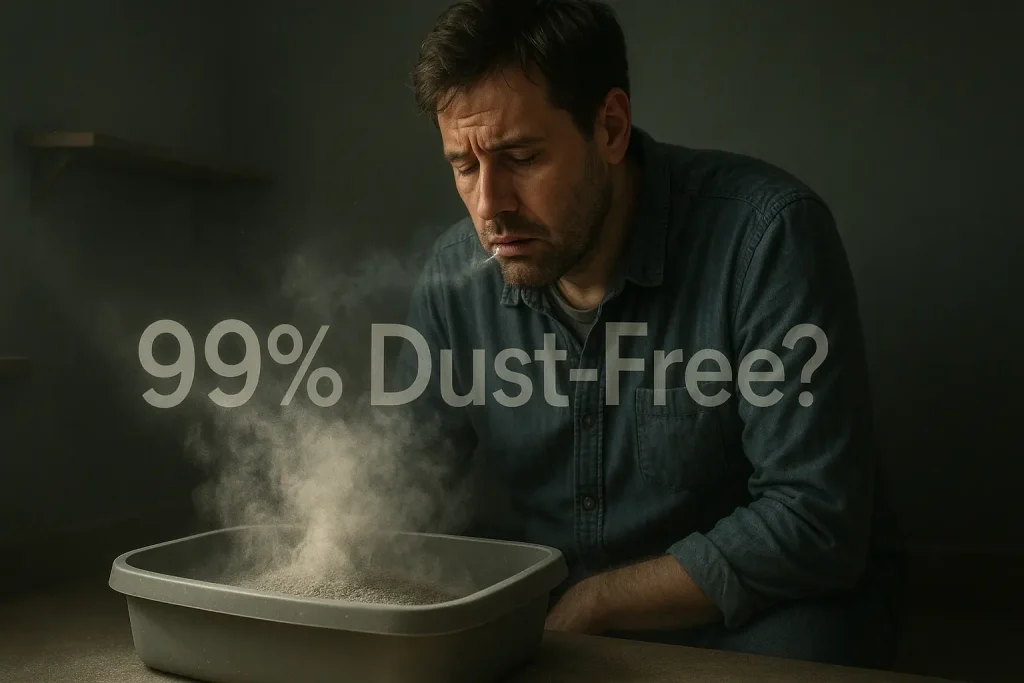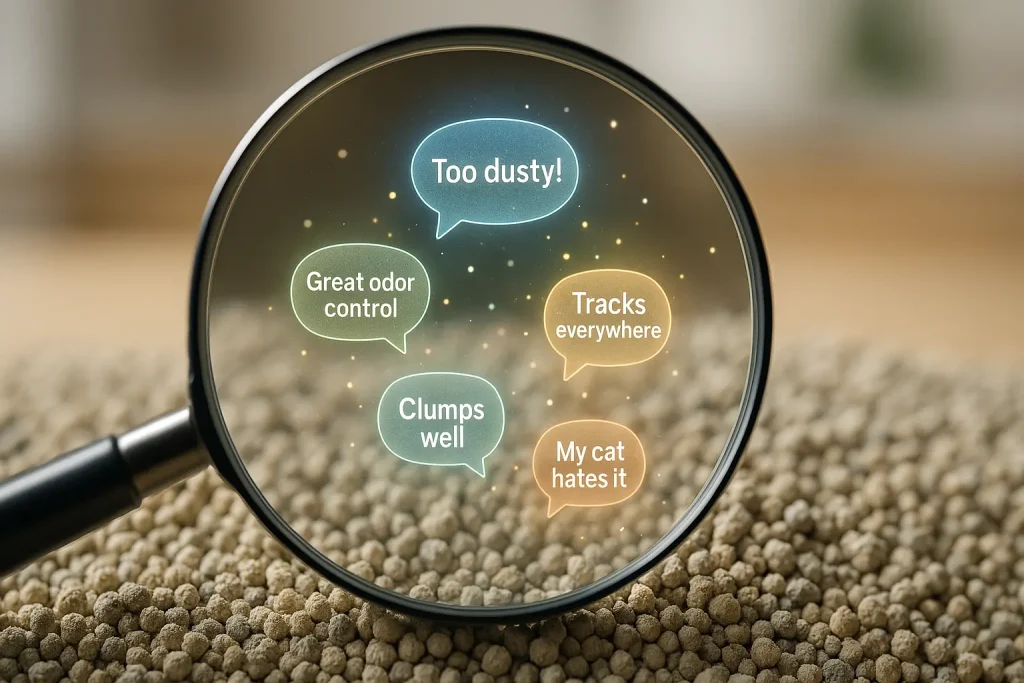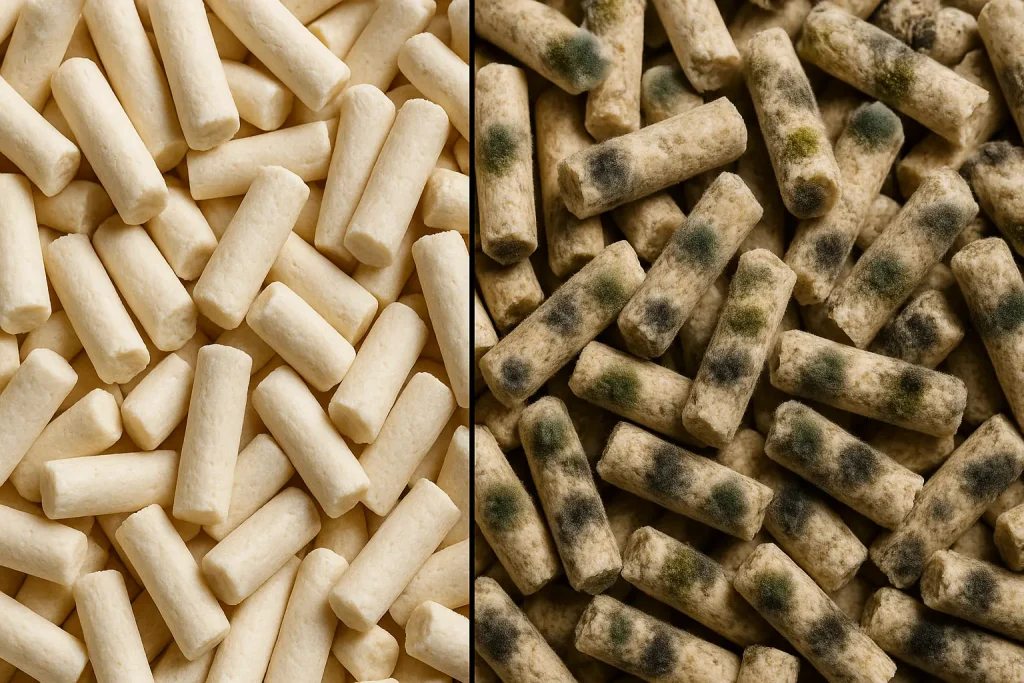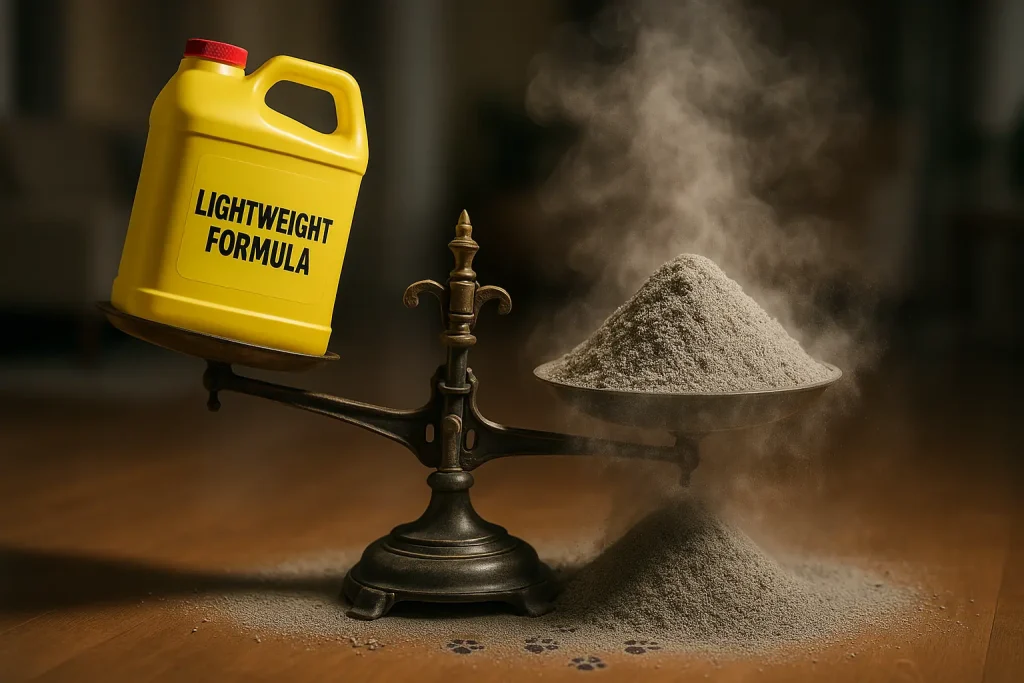The "Change It Weekly" Commandment: Where Did This Rule Even Come From?
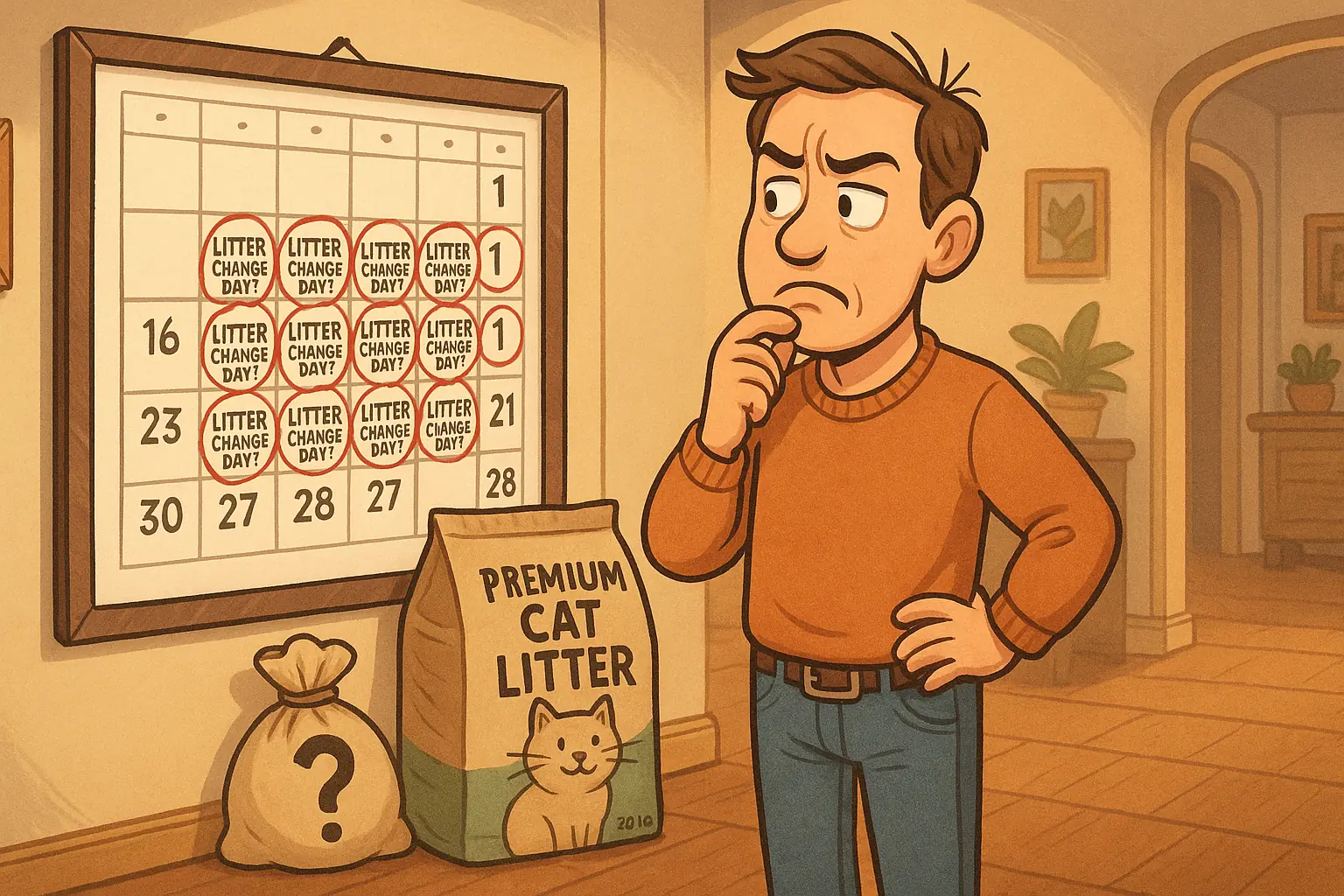
That "change all litter weekly" mantra echoes through many cat households. Owners often find themselves dutifully tossing out litter that still seems perfectly fine. It looks clean. Odor is controlled. Clumps are scooped. The turning calendar page often triggers this full litter box overhaul. This rigid schedule is common. Its universal wisdom? Less clear.
Cat Litter Hub's extensive review analysis suggests this weekly commandment deserves a closer look. Is this advice genuinely one-size-fits-all? User experiences differ greatly. Factors like litter type, cat numbers, and diligent scooping dramatically alter litter box conditions.
This unquestioned adherence often leads to substantial, unnecessary litter waste. Many owners voice this frustration subtly in online discussions. Costs accumulate steadily. Discarding still-effective litter feels wasteful and strains household budgets over time.
Our investigation into collective user experiences seeks practical, data-driven answers. Does this "weekly rule" withstand real-world scrutiny from seasoned cat owners? Thousands of cat owners share insights challenging this simplistic advice. Cat Litter Hub uncovers these patterns for your consideration. We aim to empower informed choices.
User Habits Uncovered: How Often Do Real Cat Owners Actually Change the Litter?
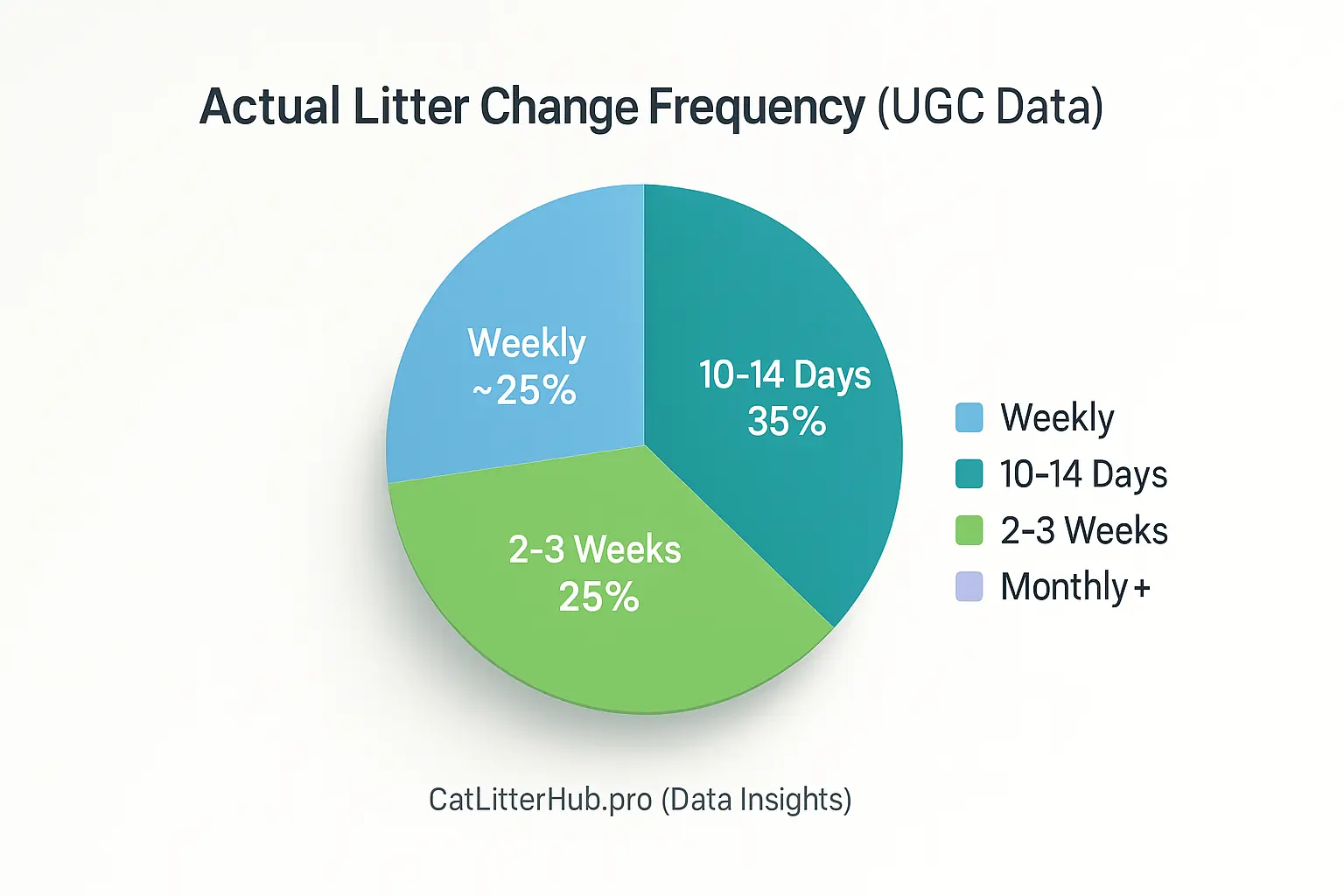
That weekly litter change rule? Many cat owners have different ideas. Our deep dive into thousands of user comments reveals a much more varied picture of actual litter changing habits. User litter change frequency often departs significantly from rigid, one-size-fits-all advice; a surprising number of users in our data pool do not strictly follow a 7-day cycle for all litter types. Real-world conditions clearly shape these practices.
Daily scooping practices emerge as a dominant factor. The frequency of daily scooping, our analysis of user-generated content shows, overwhelmingly influences how long litter lasts. Meticulous scoopers consistently report much longer intervals between full litter box changes. Some users scoop multiple times daily. Their litter stays fresher, longer. This diligence truly pays off, according to countless owner experiences.
Multi-cat households naturally face greater litter box demands. Owners of multiple cats consistently tell us they require more frequent full litter changes. However, the exact interval still varies widely. It is not always a fixed weekly schedule. The consensus among experienced multi-cat owners suggests that litter type and scooping diligence heavily influence this timing. For example, one user with three cats and basic clay might struggle past five days. Another, with similar cat numbers but using premium clumping litter and scooping diligently, might achieve seven to ten days.
Litter type influence is also a clear trend in user reports. Users of certain litter materials, particularly high-quality clumping clay or silica gel, often document successfully extending full changes well beyond one week. This extended longevity is especially noted by users with fewer cats and a commitment to diligent scooping. Many cat owners develop their own effective systems through careful observation. This practical ingenuity highlights a community wisdom focused on what truly works for their specific cats and home environment.
Litter Lifespan: How Different Types Hold Up & When It's REALLY Time for a Full Change (UGC Insights + Advisor Tool)
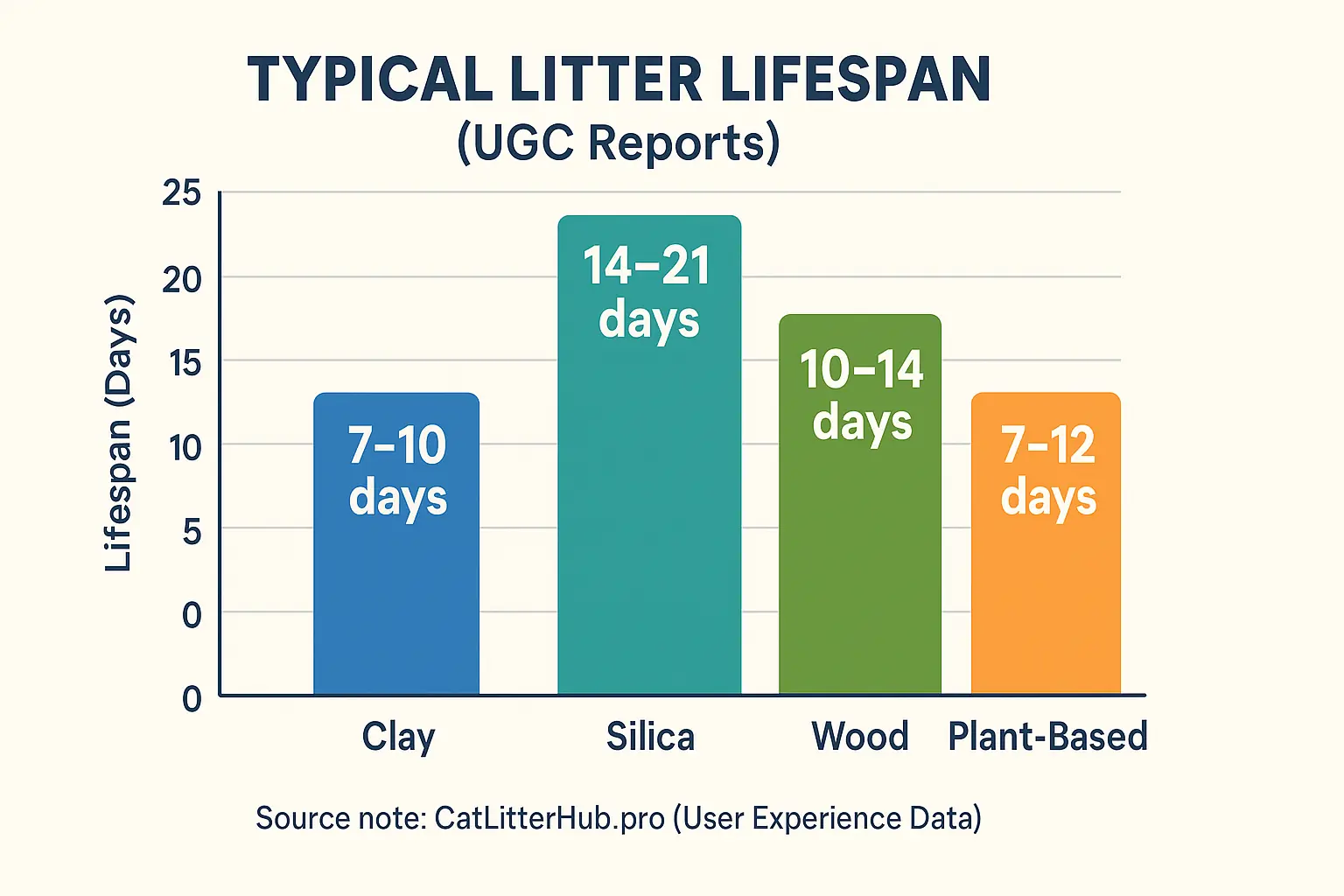
Litter Change Frequency Advisor
The Litter Change Frequency Advisor provides a helpful estimate. This number comes from the collective experiences of many cat owners. Think of it as a solid starting point. However, your cat's unique situation dictates the true schedule. Your observations are paramount. If the tool suggests 14 days, but your nose detects persistent odor at day 10, that is your signal. Or perhaps your cat seems hesitant. Listen.
Beyond litter type, other elements affect freshness. Your cat’s specific diet influences waste. Hydration levels also contribute to litter breakdown. A cat's overall health can surprisingly alter how quickly a full change is needed. These variables mean a fixed calendar often falls short for many households. User experiences consistently highlight this need for adaptable routines.
Ultimately, you are the expert on your cat. You know your home's unique conditions. Cat Litter Hub provides data-backed tools. These resources help you fine-tune your litter management. Create a system that works. A stress-free routine benefits everyone. You can achieve this.
Beyond the Calendar: Smart Strategies for Optimal Litter Use & Savings
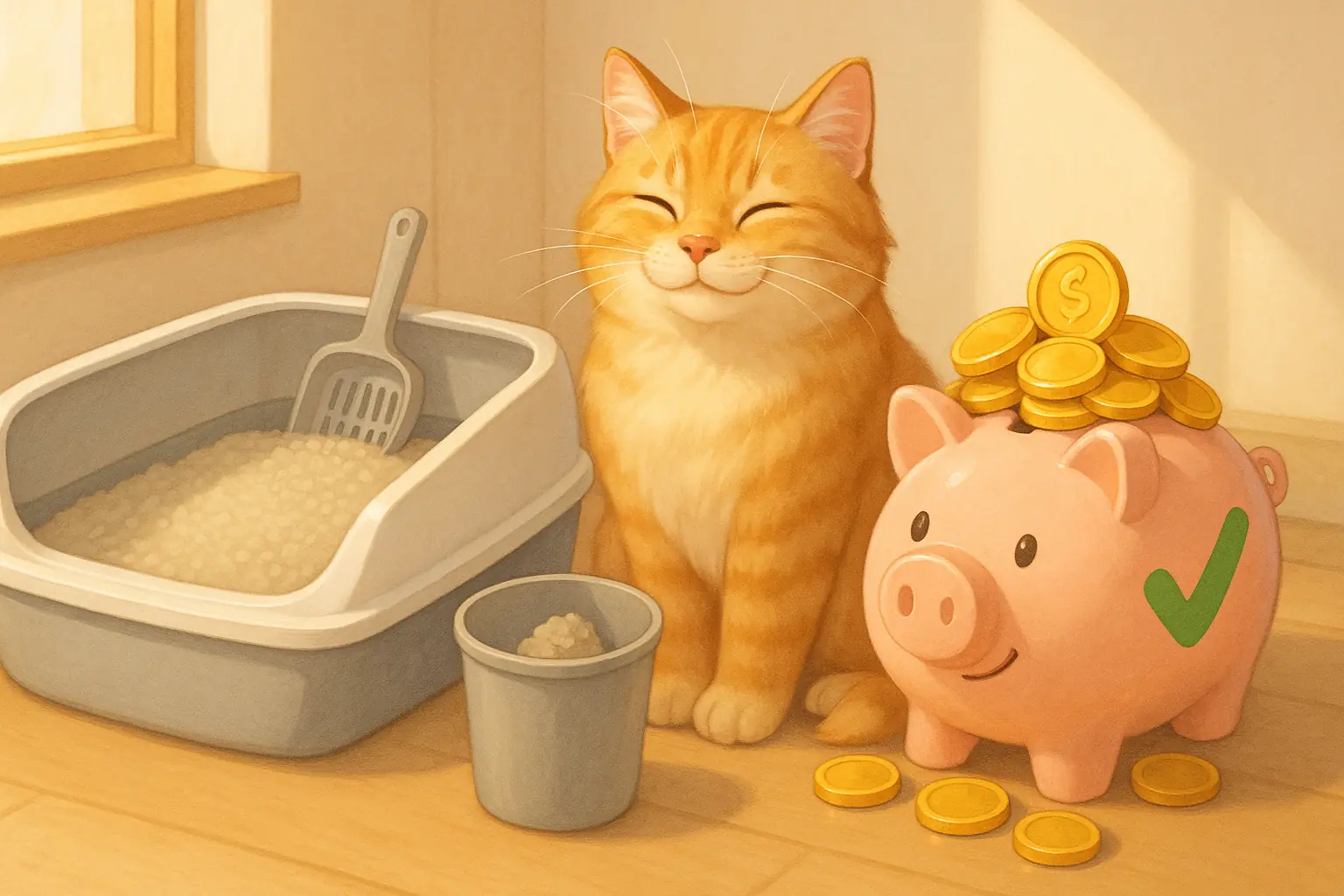
Rethink your litter change schedule. Many cat owners discover a calendar-driven approach wastes litter and money. Instead, they watch the litter's condition. This simple observation often cuts their litter bill noticeably. Imagine less waste. A happier cat. A fresher home. This shift empowers you.
The right tools make a huge difference. User reviews consistently highlight a quality litter scoop. It must match your litter type. Wide slots work for pellets. Fine mesh suits sand-like clay. This small investment boosts cleaning efficiency. It extends litter life. Proper litter depth is another key finding from community wisdom. Too shallow means poor clumps. Too deep is just wasteful. Many owners experiment. They find that "just right" depth for their specific cat and litter.
Ultimately, your cat offers the best clues. Are they using the box without fuss? Does the litter look and smell reasonably clean after scooping? These signs trump arbitrary rules. Trust your senses. Trust your cat. Small, proactive daily actions, like thorough scooping, prevent bigger issues. These habits have a greater impact than infrequent, large-scale litter replacements. Understanding your cat's preferences and your litter's performance leads to a less stressful, more economical routine.
Related Insight: Extreme Litter Life Extension: User Hacks That Border on Mad Science (Use With Caution!)
Beyond standard scooping, some cat owners push litter longevity. Their methods? Often unconventional. User forums and countless reviews reveal fascinating, sometimes wild, attempts to stretch every granule.
Our analysis is digging into these extreme litter life hacks. Think DIY sifting contraptions and surprising, unverified additives. Some user strategies show ingenuity; many others highlight why professional advice matters. We are compiling the most talked-about "mad science" tips for extending litter performance—many with highly unpredictable outcomes.



